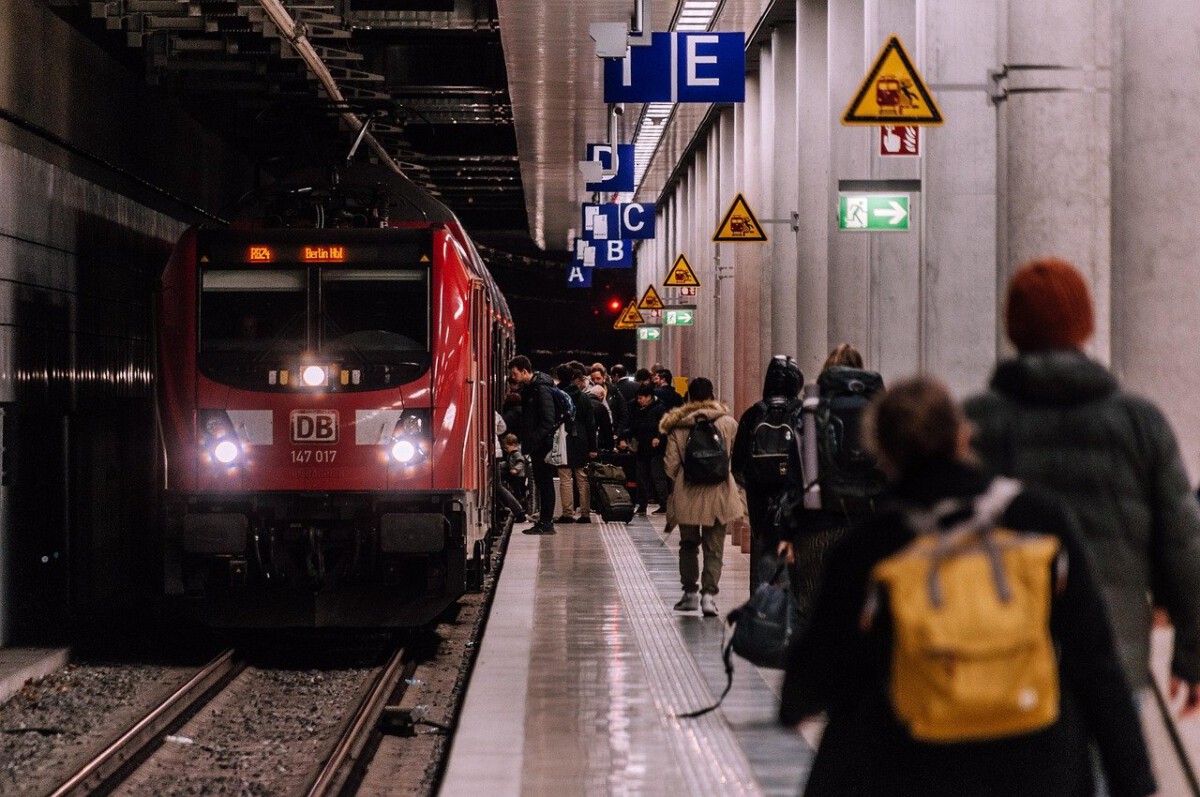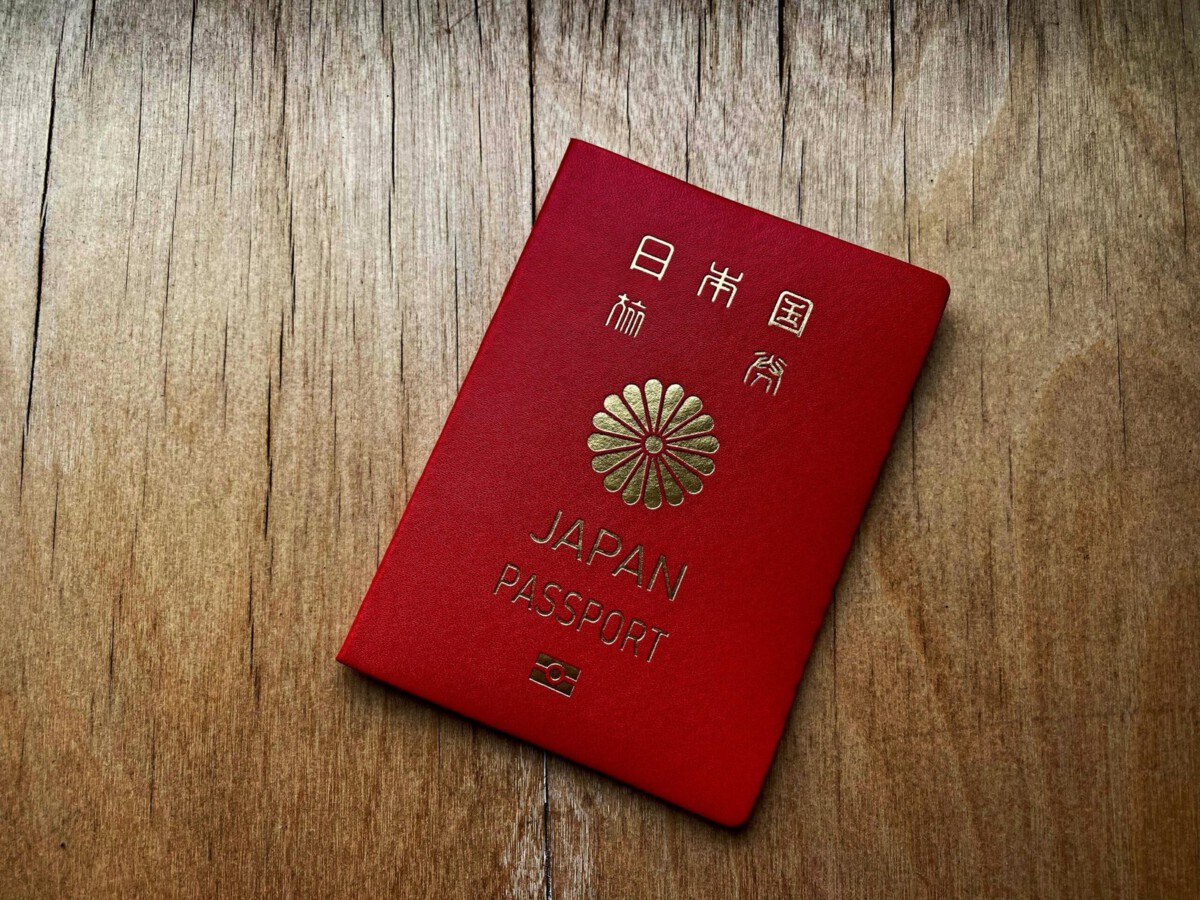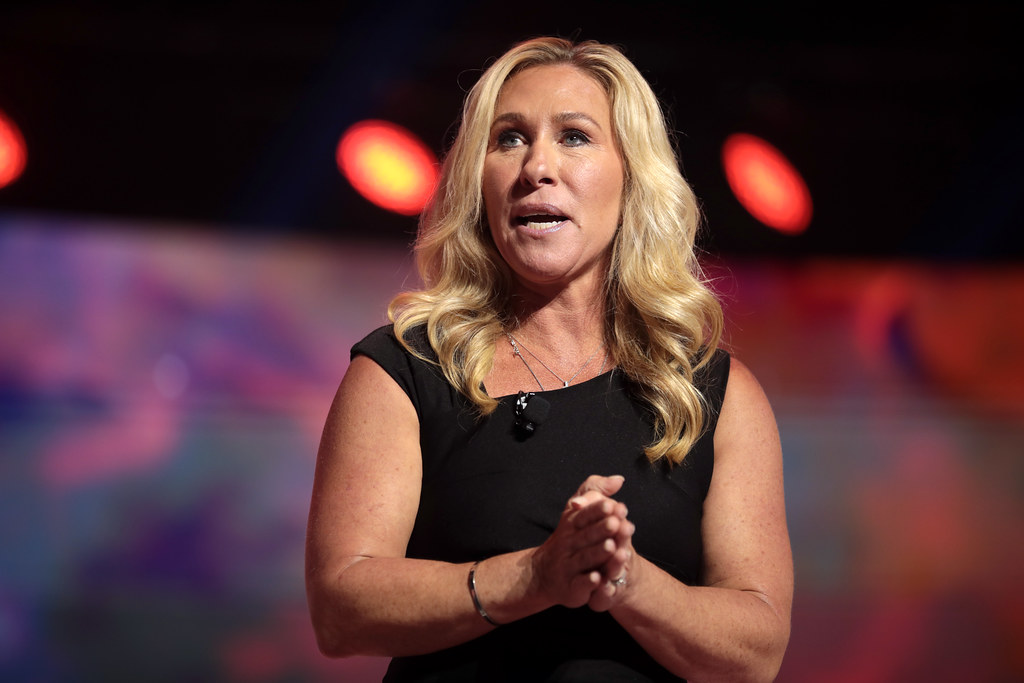Tariffs Trigger Surprising Shifts in American Lifestyles

When Donald Trump’s administration imposed tariffs on a wide range of imported goods, many Americans felt the pinch in their wallets. Suddenly, everyday items—from electronics to clothing—cost more. But instead of sticking to the old ways of spending, people began looking for new ways to enjoy their money. This surprising shift has sparked a burst in regional travel across the United States. As imported goods became pricier, Americans found themselves drawn to local adventures, weekend escapes, and homegrown experiences. It’s a classic case of turning lemons into lemonade: the tariffs that were meant to protect American industries ended up stoking a new kind of wanderlust—one focused on the treasures in our own backyards.
How Tariffs Redirected Spending to Local Economies

Statistics from the U.S. Chamber of Commerce reveal that tariffs have cost American consumers about $1.4 billion every month. That’s a staggering figure, but it’s not the whole story. Many families and individuals, facing higher prices at the checkout, chose to skip big purchases from overseas brands. Instead, they redirected their spending toward activities that felt more rewarding and closer to home. Local hotels, eateries, and tourist attractions reported more visitors than usual. You can see it in the numbers: domestic travel and regional tourism have grown notably since the tariffs were introduced, breathing new life into smaller cities and rural areas that don’t always get mainstream attention.
Staycations Become the New Luxury

While international trips and luxury vacations became less appealing due to higher costs and uncertainty, the idea of a “staycation” took off in a big way. According to a recent survey by the American Hotel and Lodging Association, a whopping 65% of Americans are planning to take a staycation this year. It’s not just about saving money. Many have discovered that their local regions have just as much charm as any far-flung destination. Whether it’s exploring quirky roadside attractions, hiking in nearby parks, or sampling local cuisine, people are realizing that adventure—and relaxation—can be found just a short drive away.
Small Businesses See a Revival

The ripple effect of increased regional travel has been a lifeline for small businesses. Restaurants that once struggled to fill tables now see lively crowds on weekends. Gift shops, family-run inns, and outdoor adventure companies have reported a rise in sales and bookings. The National Federation of Independent Business has highlighted how this trend is helping small enterprises not just survive, but thrive. Many owners say that local tourism is filling the gap left by lost international visitors, and they are even hiring more staff to keep up with demand. It’s a real-world example of how changes in global policy can shape the fortunes of Main Street America.
Local Tourism Boards Step Up Their Game

With more people looking for nearby getaways, tourism boards have kicked their marketing efforts into high gear. They’re spotlighting the unique features of their towns—like historic districts, arts festivals, and food trails—hoping to draw visitors from neighboring cities and states. According to the Travel Industry Association, spending on local tourism marketing has jumped by about 30% over the past year. Cities and counties are investing in new signage, websites, and campaigns to show that fun and adventure are just around the corner. These efforts are paying off, with more travelers choosing to explore places they might have once overlooked.
Social Media Fuels the Regional Travel Craze

Platforms like Instagram and Facebook have become a driving force behind the regional travel boom. Travelers love to share photos of hidden waterfalls, charming diners, and quirky roadside attractions, inspiring their friends and followers to check them out too. A Pew Research Center study found that 72% of social media users have discovered new travel spots through their online networks. This kind of organic, word-of-mouth marketing is incredibly powerful. It’s not unusual for a little-known town to become an overnight sensation just because a few people posted about it online. Regional travel has become trendy, and social media is the megaphone broadcasting that trend to millions.
Americans Now Prefer Experiences Over Things

Perhaps one of the most interesting shifts has been in what people value. According to a recent Expedia survey, 78% of Americans now say they’d rather spend money on experiences—like travel, concerts, and dining—than on physical goods. The tariffs have helped speed up this change, making imported items less attractive and pushing people toward making memories instead. It’s a reflection of a broader cultural movement: instead of collecting stuff, Americans want to collect stories. Day trips, weekend escapes, and regional festivals all fit perfectly into this new way of thinking.
Regional Travel Brings Unexpected Environmental Benefits

As people choose to travel closer to home, there’s been a noticeable reduction in the environmental impact typically associated with long-distance trips. The World Travel Organization reported a 70% decrease in international travel at the height of the pandemic, which led to a significant drop in greenhouse gas emissions. Though travel has rebounded, the focus on regional destinations means fewer long-haul flights and a smaller carbon footprint. Families are driving rather than flying, and many are exploring natural attractions that encourage sustainable tourism. This shift is giving the planet a much-needed breather while still supporting local economies.
Regional Travel Trends Show No Signs of Slowing

Experts are predicting that this regional travel boom is not just a short-term trend. According to the Global Business Travel Association, 60% of travelers say they’ll prioritize domestic trips over international ones in the coming year. People have gotten a taste of what their local areas have to offer, and many say they’re hooked. Regional festivals, scenic drives, and small-town charm are winning hearts across the country. Even as travel restrictions ease and the world opens up, the love for regional travel seems here to stay.
Communities Grow Stronger Through Local Exploration

One of the most touching outcomes of this new travel trend is the sense of community it’s building. As people explore their own regions, they’re connecting with neighbors, supporting local artists, and learning more about their hometowns. Local events are drawing crowds, and small towns are finding new pride in their unique stories. Community ties are growing stronger, and there’s a renewed sense of belonging and togetherness. In many ways, this regional travel boom is helping Americans rediscover what makes their own corner of the world special.






